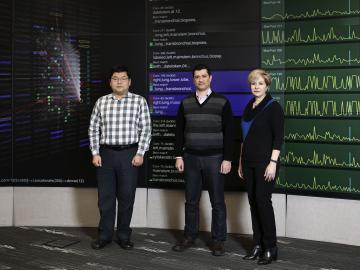
Filter News
Area of Research
News Type
News Topics
- Big Data (1)
- Biology (1)
- Biomedical (1)
- Climate Change (1)
- Composites (2)
- Computer Science (5)
- Cybersecurity (2)
- Energy Storage (1)
- Fusion (3)
- Grid (2)
- Isotopes (3)
- Materials Science (7)
- Microscopy (3)
- Molten Salt (1)
- Nanotechnology (4)
- Neutron Science (2)
- Nuclear Energy (5)
- Physics (5)
- Polymers (3)
- Quantum Science (1)
- Security (3)
- Space Exploration (1)
- Transportation (4)
Media Contacts

It may take a village to raise a child, according to the old proverb, but it takes an entire team of highly trained scientists and engineers to install and operate a state-of-the-art, exceptionally complex ion microprobe. Just ask Julie Smith, a nuclear security scientist at the Depa...
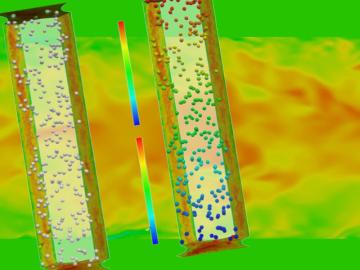
The intrinsic beauty of bubbles—those thin watery spheres filled with air or other gases—has long captured the imagination of children and adults alike. But bubbles are also a linchpin of nuclear engineering, helping to explain the natural world, predict safety issues and improve the...

Having begun her career at the lab in the nuclear nonproliferation and radiation safeguards area, Shaheen Dewji is leveraging her expertise to help expand the work of the Center for Radiation Protection Knowledge (CRPK)—a unique organization led by Oak Ridge National Laboratory that ...
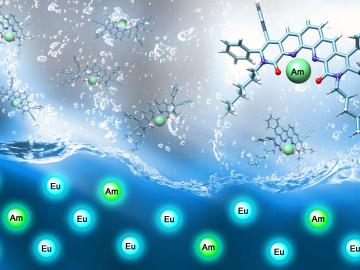
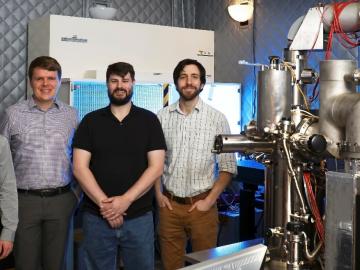
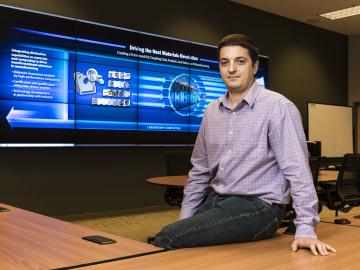
Leveraging his expertise in image processing, sensors, and machine learning, Vincent Paquit is devising a control system for additive manufacturing to produce 3D-printed parts that function as well as conventionally produced objects. Paquit’s research sits at the junction of manufacturing technol...

Vlastimil Kunc grew up in a family of scientists where his natural curiosity was encouraged—an experience that continues to drive his research today in polymer composite additive manufacturing at Oak Ridge National Laboratory. “I’ve been interested in the science of composites si...
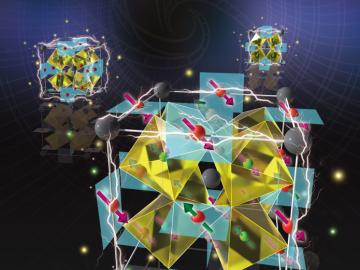

Last November a team of students and educators from Robertsville Middle School in Oak Ridge and scientists from Oak Ridge National Laboratory submitted a proposal to NASA for their Cube Satellite Launch Initiative in hopes of sending a student-designed nanosatellite named RamSat into...



